Filter by

Drink in the Summer A Memoir of Croatia
Since childhood, Tony Fabijančić has travelled frequently to Yugoslavia and Croatia, the homeland of his father. He spent time with his peasant family in the village of Srebrnjak in the north and escaped to the Adriatic islands in the south where he could break free from the constraints of everyday life. Those two worlds—the north, marked by the haunting saga of family life, its history and…
- Edition
- -
- ISBN/ISSN
- 9781771993807.01
- Collation
- -
- Series Title
- -
- Call Number
- 5 x 8, 223 pages
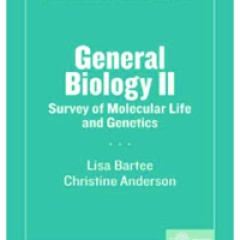
GENERAL BIOLOGY II : SURVEY OF MOLECULAR LIFE AND GENETICS
BI102A is a survey course that introduces the discipline of molecular biology and genetics, exploring topics including cell division, protein production, inheritance and gene regulation. This book focuses on putting those topics into an appropriate context for students who are not biology majors.
- Edition
- -
- ISBN/ISSN
- 9781636350448
- Collation
- -
- Series Title
- -
- Call Number
- 570 BAR g
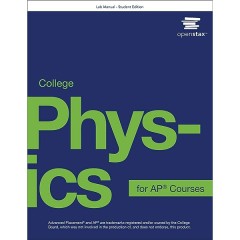
College Physics for AP® Courses
The AP Physics Collection is a free, turnkey solution for your AP® Physics course, brought to you through a collaboration between OpenStax and Rice Online Learning. The integrated collection features the OpenStax College Physics for AP® Courses text, Concept Trailer videos, instructional videos, problem solution videos, and a correlation guide to help you align all of your free content. The C…
- Edition
- -
- ISBN/ISSN
- 978-1-947172-17-3
- Collation
- -
- Series Title
- -
- Call Number
- 530 WOL c

Unfolding the Mystery of Life, Biology Lab Manual for Non-Science Majors
This laboratory manual is intended for use in a biology laboratory course taken by non-science majors, pre-biology, and pre-allied health majors. Laboratory exercises provide students with experience in basic laboratory skills, gathering and organizing data, measuring and calculating, hypothesis testing, analysis of data, writing, and laboratory safety. The skill sets are designed to promote th…
- Edition
- -
- ISBN/ISSN
- -
- Collation
- -
- Series Title
- -
- Call Number
- 570 GEN u
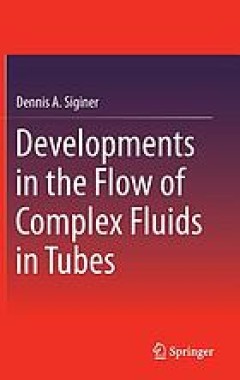
Developments in the Flow of Complex Fluids in Tubes
This book is dedicated to the tube flow of viscoelastic fluids and Newtonian single and multi-phase particle-laden fluids. This succinct volume collects the most recent analytical developments and experimental findings, in particular in predicting the secondary field, highlighting the historical developments which led to the progress made. This book brings a fresh and unique perspective and cov…
- Edition
- -
- ISBN/ISSN
- 9783319024264
- Collation
- -
- Series Title
- -
- Call Number
- 515.9

Quantitative Problem Solving in Natural Resources
This text is intended to support courses that bridge the divide between mathematics typically encountered in U.S. high school curricula and the practical problems that natural resource students might engage with in their disciplinary coursework and professional internships.
- Edition
- -
- ISBN/ISSN
- -
- Collation
- -
- Series Title
- -
- Call Number
- 500

Advanced Numerical Methods in Applied Sciences
The generalized Schur algorithm (GSA) allows computing well-known matrix decompositions, such as QR and LU factorizations [1]. In particular, if the involved matrix is structured, i.e., Toeplitz, block-Toeplitz or Sylvester, the GSA computes the R factor of the QR factorization with complexity of one order of magnitude less than that of the classical QR algorithm [2], since it relies only on t…
- Edition
- -
- ISBN/ISSN
- 978-3-03897-667-7
- Collation
- -
- Series Title
- -
- Call Number
- 510 ADV
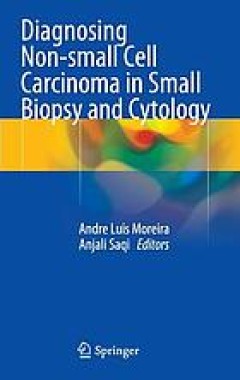
Diagnosis and Fault-Tolerant Control
This volume provides a practical yet comprehensive guide to manage the shift in the diagnosis of lung cancer from large resections to small samples, including cytology specimens and core biopsies. Specifically, it outlines various available minimally-invasive modalities and presents algorithms to optimize and maximize sample collection and processing beginning at the time of tissue acquisition …
- Edition
- -
- ISBN/ISSN
- 9781493916078
- Collation
- -
- Series Title
- -
- Call Number
- 571.978
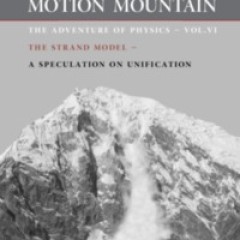
The Adventure of Physics Volume VI, The Strand Model : A Speculation on Unifi…
Look at what happens around us. A child that smiles, a nightingale that sings, aily that opens: all move. Every shadow, even an immobile one, is due to moving ight. Every mountain is kept in place by moving electrons. Every star owes its formation and its shine to motion of matter and radiation. Also the darkness of the night sky** is due to motion: it results from the expansion of space. Fina…
- Edition
- -
- ISBN/ISSN
- -
- Collation
- -
- Series Title
- -
- Call Number
- 530 SCH a
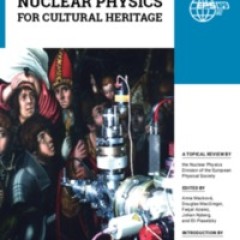
Nuclear physics for cultural heritage
The importance of cultural heritage for mankind was once well expressed by the Austrian artist Friedensreich Hundertwasser (1928-2000) when he said: “If we do not honour our past we lose our future. If we destroy our roots we cannot grow.” This statement refers almost directly to the two pillars of this review: Investigation and preservation of our cultural treasures. The various contrib…
- Edition
- -
- ISBN/ISSN
- 9782759820917
- Collation
- -
- Series Title
- -
- Call Number
- 530 MAC n
 Computer Science, Information & General Works
Computer Science, Information & General Works  Philosophy & Psychology
Philosophy & Psychology  Religion
Religion  Social Sciences
Social Sciences  Language
Language  Pure Science
Pure Science  Applied Sciences
Applied Sciences  Art & Recreation
Art & Recreation  Literature
Literature  History & Geography
History & Geography